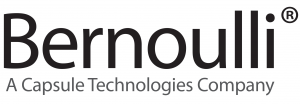Bernoulli Aids Early Detection of Hypotension in the ICU
A recent study published in Anesthesiology by Hatib etal. [Anesthesiology 10 2018 Vol. 129, 663-674] from the University of California (UC) at Irvine Medical Center demonstrated that large sets of real-time data—high-fidelity arterial waveforms—applied to machine learning algorithms could identify patients experiencing onset of hypotension up to 15 minutes before its occurrence. UC Irvine used Bernoulli One to collect more than 500,000 waveforms, which were then used to train a machine-learning algorithm to predict hypotension.

